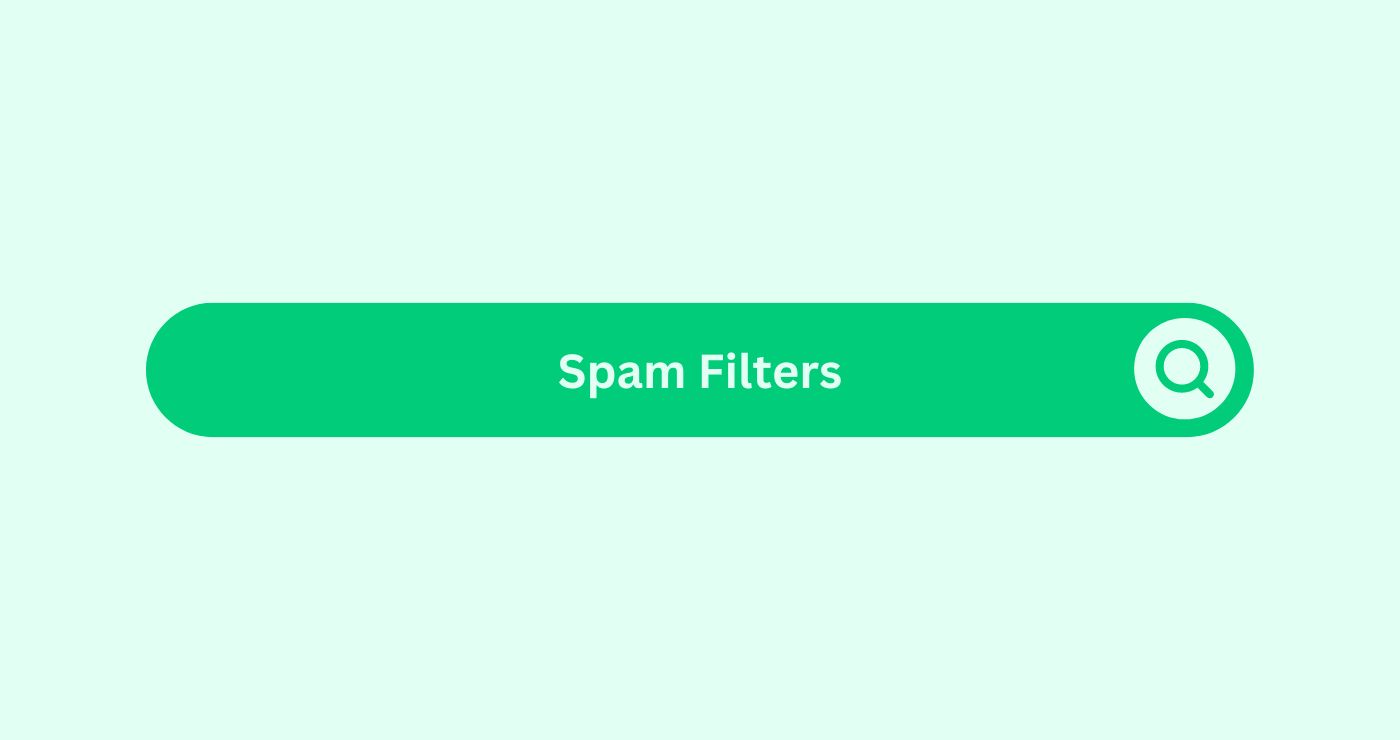Definition
Spam filters in email marketingDefinition
E-mail marketing uses targeted messages t... use automated systems to identify and categorise incoming emails as spam or legitimate. Email service providers (ESPs) and individual email clients employ these filters to analyse various aspects of an email, including:
- Sender reputationDefinition Sender Reputation in Email Marketing is a score t...: The sender’s IP address and domain name are assessed to determine if they have a history of sending spam.
- Content: Spam filters look for keywordsDefinition Keywords are crucial for SEO success as they conn..., phrases, and formatting techniques commonly used in spam emails.
- Authentication protocolsDefinition Authentication protocols are systematic processes...: SPF, DKIM, and DMARC help verify the sender’s legitimacy and can influence how spam filters handle emails.
If an email triggers suspicion based on these factors, it might be directed to the spam folderDefinition When it comes to email marketing, the spam folder... or even blocked entirely.
How You Can Use
Understanding how spam filters work empowers email marketers to optimise their campaigns for better deliverability.
- Maintain Clean Lists: Regularly remove inactive subscribersDefinition In the context of SEO, subscribers refer to indiv... and update outdated addresses to avoid triggering spam filters that flag purchased or irrelevant lists.
- Avoid Spam Triggers: Refrain from using excessive exclamation points, all caps, misleading subject lines, or suspicious attachments.
- Content RelevanceDefinition In SEO, relevance refers to the degree to which a...: Focus on sending valuable content that aligns with subscriber interests to increase engagementDefinition Engagement in content marketing refers to the deg... and reduce spam filterDefinition Filter in Social Media Marketing involves narrowi... flags.
- Authentication: Implement email authentication protocolsDefinition Authentication protocols are systematic processes... like SPF, DKIM, and DMARC to improve sender reputationDefinition Sender Reputation in Email Marketing is a score t... and enhance deliverability.
Example:
An e-commerce company sees a rise in emails landing in spam folders. They analysed their practices and discovered sending generic promotional emailsDefinition Promotional emails are a cornerstone of email mar... to a purchased list with irrelevant content and misleading subject lines. By segmenting their list, personalising content, and focusing on permission-based marketing, they can significantly reduce spam filterDefinition Filter in Social Media Marketing involves narrowi... triggers and improve email deliverabilityDefinition Email deliverability refers to the ability of an ....
Key Takeaways
- Understand the Filters: Knowing spam filterDefinition Filter in Social Media Marketing involves narrowi... operations helps customise campaigns to avoid flagging.
- Maintain list hygieneDefinition List hygiene in Email Marketing refers to the pra...: Clean email lists ensure your emails reach intended recipients, not spam traps.
- Content is King: Focus on high-quality, relevant content that resonates with your audienceDefinition The term "Audience" refers to the group of indivi... to increase engagementDefinition Engagement in content marketing refers to the deg... and bypass spam filters.
- Authentication Matters: Implementing email authentication protocolsDefinition Authentication protocols are systematic processes... builds trust and improves the sender’s reputation for better deliverability.
- Monitor and Adapt: Regularly track spam filterDefinition Filter in Social Media Marketing involves narrowi... complaints and adjust your strategy based on performance metricsWhat are Metrics in the context of SEO? Metrics in SEO refer....




